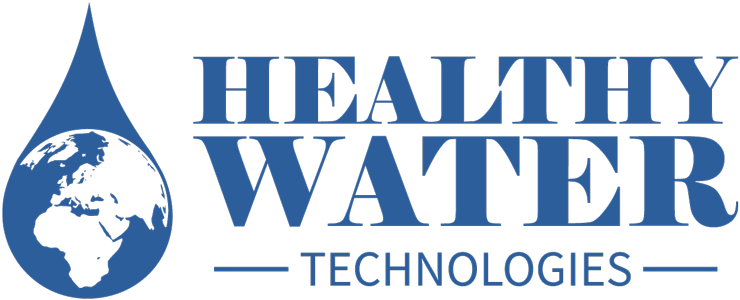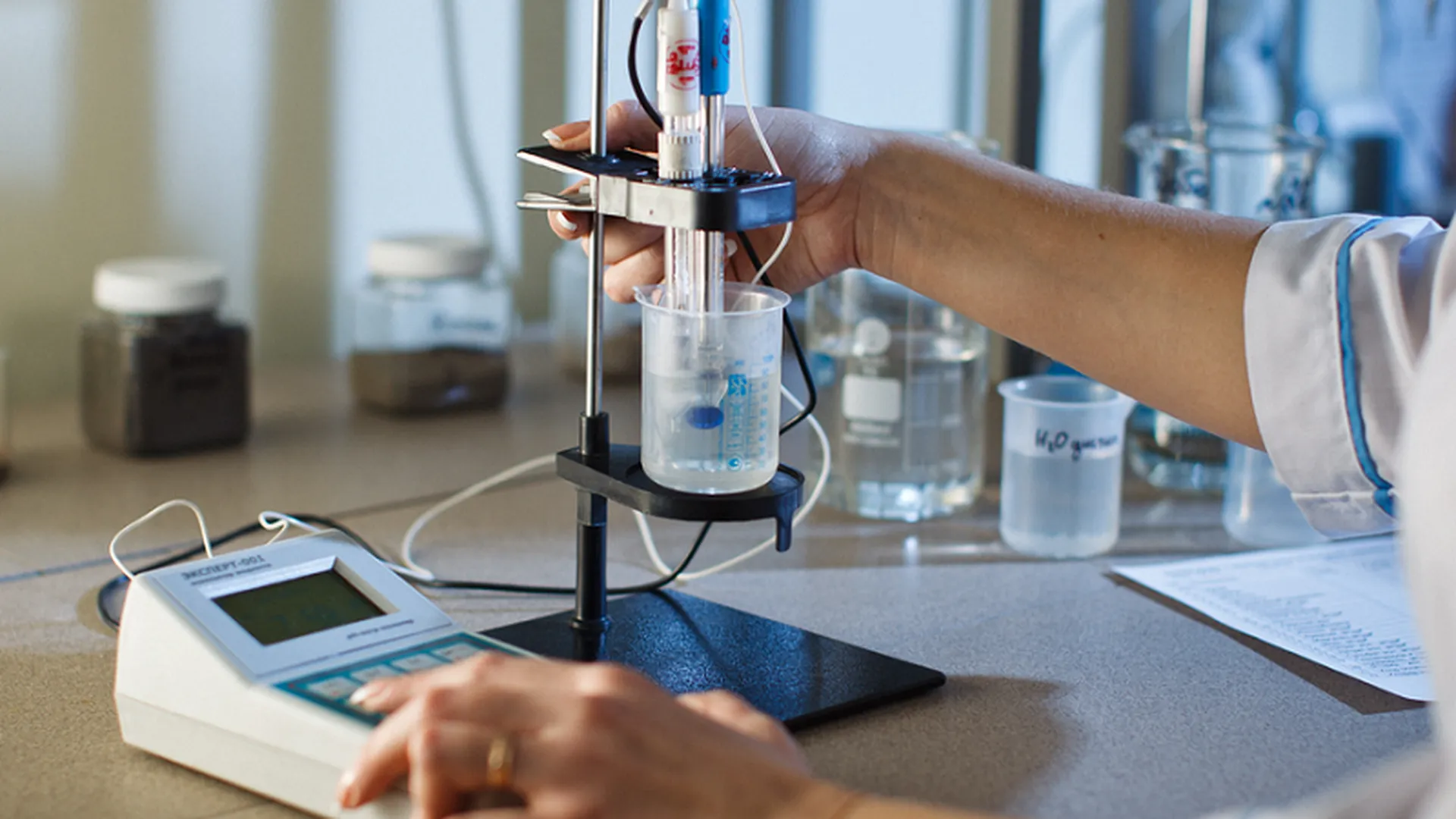The Basic Drinking Water Purification Process: Steps to Clean Water
Access to clean drinking water is essential for maintaining good health, and understanding the process that makes water safe to drink is crucial. The purification process removes contaminants, harmful pathogens, and other impurities that may be present in the water. In most cases, water undergoes several stages of purification before it reaches your tap. Let’s dive into the basic drinking water purification process and understand how each step ensures clean and safe water.
Basics Steps of Drinking Water Purification Process
1. Coagulation and Flocculation
The first step in the purification process is coagulation and flocculation, which is designed to remove suspended particles in the water. During coagulation, chemicals like alum are added to the water. These chemicals cause small particles, dirt, and impurities to stick together and form larger particles known as flocs.
In the flocculation process, the water is gently stirred to help these particles clump together, making it easier to remove them later. This is a crucial step because it helps eliminate the larger, visible particles that contribute to the cloudiness of water. Without coagulation and flocculation, many particles would remain suspended in the water, making the next steps less effective.
2. Sedimentation
After the coagulation and flocculation steps, the water moves to the sedimentation stage. In this process, the water is allowed to sit undisturbed in a large tank or basin. As the water settles, the heavier flocs (clumps of particles) sink to the bottom due to gravity, forming a sludge layer.
The sedimentation process helps to remove a significant amount of the suspended solids from the water, making it much cleaner. This stage also reduces the overall load of particles that need to be filtered out in the next step, improving the efficiency of the filtration process.
3. Filtration
Next, the water passes through a series of filters, which is known as the filtration stage. These filters typically consist of layers of sand, gravel, and sometimes activated charcoal or other materials that can further trap smaller particles and impurities. The filtration process is effective in removing the remaining particles, such as fine dirt, bacteria, and microorganisms that may still be in the water.
Depending on the type of filtration used, it can also remove additional contaminants, including chemicals and some metals. Filtration helps to improve the clarity of the water, making it appear cleaner and more pleasant to drink. However, it may not be enough to kill harmful pathogens, which is why further disinfection is necessary.
4. Disinfection
The next important step is disinfection, which kills or inactivates harmful microorganisms such as bacteria, viruses, and parasites that could cause diseases. Disinfection is typically done using chemicals like chlorine or ozone, or through the use of UV light.
Chlorine is commonly used in municipal water systems because it’s effective at killing a wide range of pathogens and is relatively inexpensive. UV light disinfection is a chemical-free method that uses ultraviolet rays to kill or neutralize harmful microorganisms. Ozone treatment is another effective method of disinfection that also removes odors and certain chemicals from the water.
Disinfection is a vital step because even after filtration, water can still contain pathogens that pose a health risk. This process ensures that the water is safe for human consumption.
5. Storage
The final step in the drinking water purification process is storage. After disinfection, the clean water is stored in tanks or reservoirs, where it is kept until it is needed. Storage ensures that there is a consistent supply of purified water ready for use in homes, businesses, and industries.
Water stored in clean, covered tanks is protected from contaminants and can be delivered safely through the water distribution system. Some purification plants also add small amounts of chlorine during storage to maintain the disinfection level and prevent contamination during distribution.
Conclusion
The basic drinking water purification process involves five essential steps: coagulation and flocculation, sedimentation, filtration, disinfection, and storage. Each of these steps plays a crucial role in removing contaminants, improving the quality of water, and ensuring that it is safe for consumption. While municipal water treatment facilities follow these steps on a large scale, individuals can also implement various filtration and purification systems at home to ensure clean and safe drinking water.
By understanding these steps, we can appreciate the effort involved in providing us with clean water and make informed decisions when choosing water purification systems for our homes. Whether through municipal treatment or home filtration, the goal remains the same: to provide safe, clean water for everyone.

